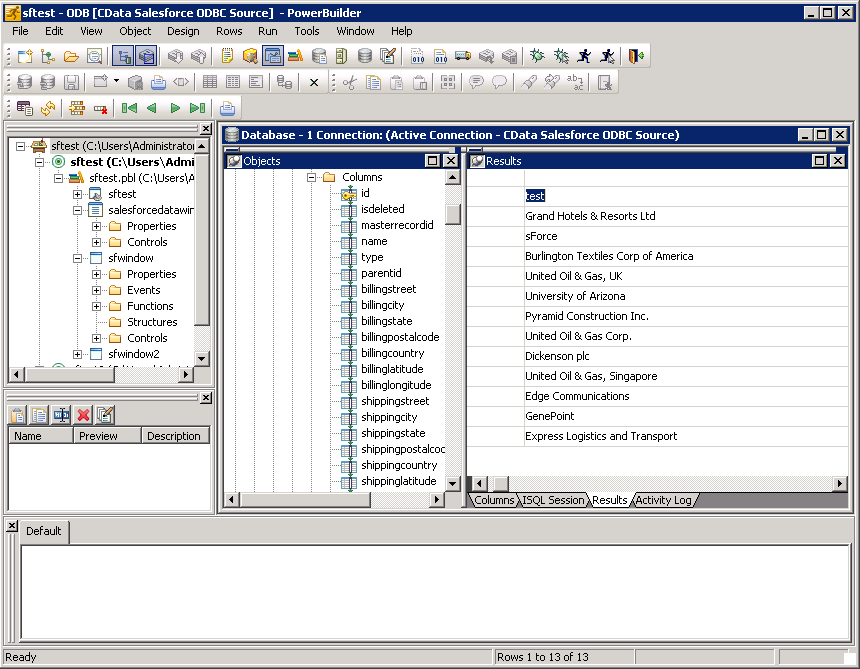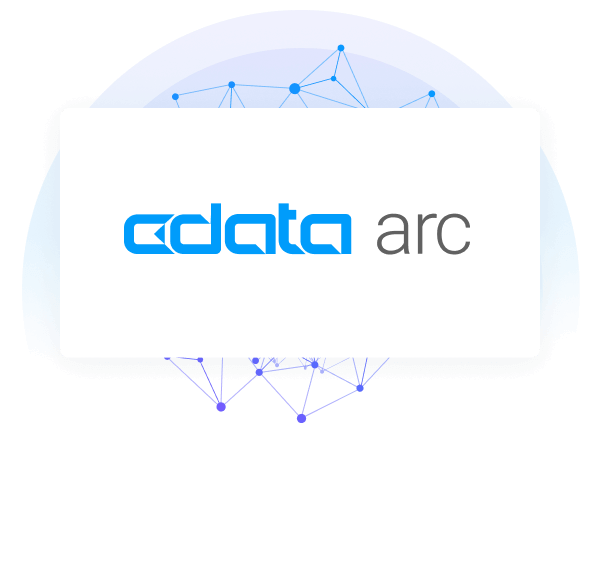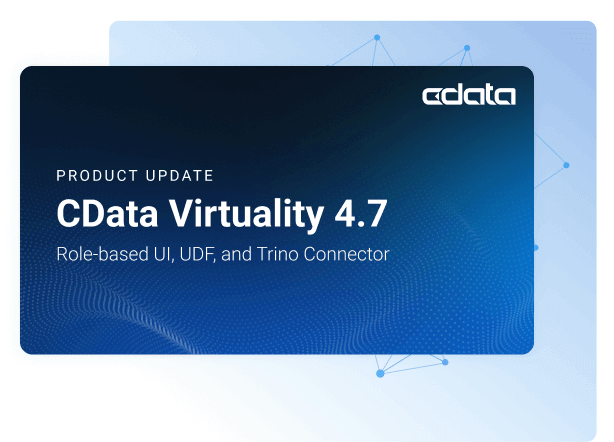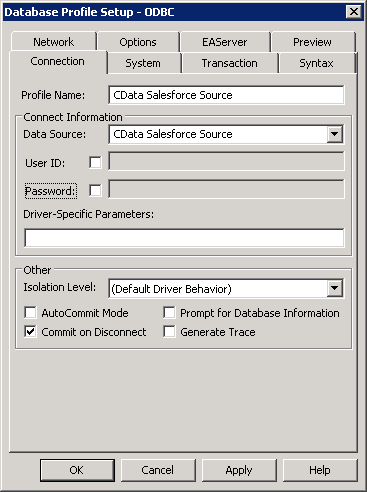Discover how a bimodal integration strategy can address the major data management challenges facing your organization today.
Get the Report →Connect to Databricks Data from PowerBuilder
This article demonstrates how to use the CData ODBC Driver for Databricks to connect to Databricks data and execute queries in PowerBuilder.
The CData ODBC Driver for Databricks can be used from any platform or development technology that supports ODBC, including PowerBuilder. This article shows how to connect to Databricks data and execute queries from the Database Painter and controls such as the DataWindow.
Connect to Databricks as an ODBC Data Source
If you have not already, first specify connection properties in an ODBC DSN (data source name). This is the last step of the driver installation. You can use the Microsoft ODBC Data Source Administrator to create and configure ODBC DSNs.
To connect to a Databricks cluster, set the properties as described below.
Note: The needed values can be found in your Databricks instance by navigating to Clusters, and selecting the desired cluster, and selecting the JDBC/ODBC tab under Advanced Options.
- Server: Set to the Server Hostname of your Databricks cluster.
- HTTPPath: Set to the HTTP Path of your Databricks cluster.
- Token: Set to your personal access token (this value can be obtained by navigating to the User Settings page of your Databricks instance and selecting the Access Tokens tab).
Create a Profile for the ODBC Driver for Databricks
Follow the steps below to use the Database Painter tool to create a database profile based on an ODBC DSN (data source name) for Databricks. In the Database Painter, you can use wizards and the UI to work with Databricks data.
- In PowerBuilder, click Tools -> Database Painter.
- In the Objects window in the Database Painter, right-click the ODBC node and click New Profile.
- On the Connection tab, enter a name for the profile and select the Databricks DSN in the Data Source menu.
![The ODBC DSN, required to create the Database Profile. (Salesforce is shown.)]()
- To view and modify a table, right-click a table and then click Edit Data -> Grid.

Using Databricks Data with PowerBuilder Controls
You can use standard PowerBuilder objects to connect to ODBC data sources and execute queries. The following example shows how to retrieve Databricks data into a DataWindow. You can add the following code to the open method:
SQLCA.DBMS = "ODBC"
SQLCA.DBParm = "ConnectString='DSN=CData Databricks Source'"
CONNECT USING SQLCA;
dw_customers.SetTransObject(SQLCA);
dw_customers.Retrieve();







